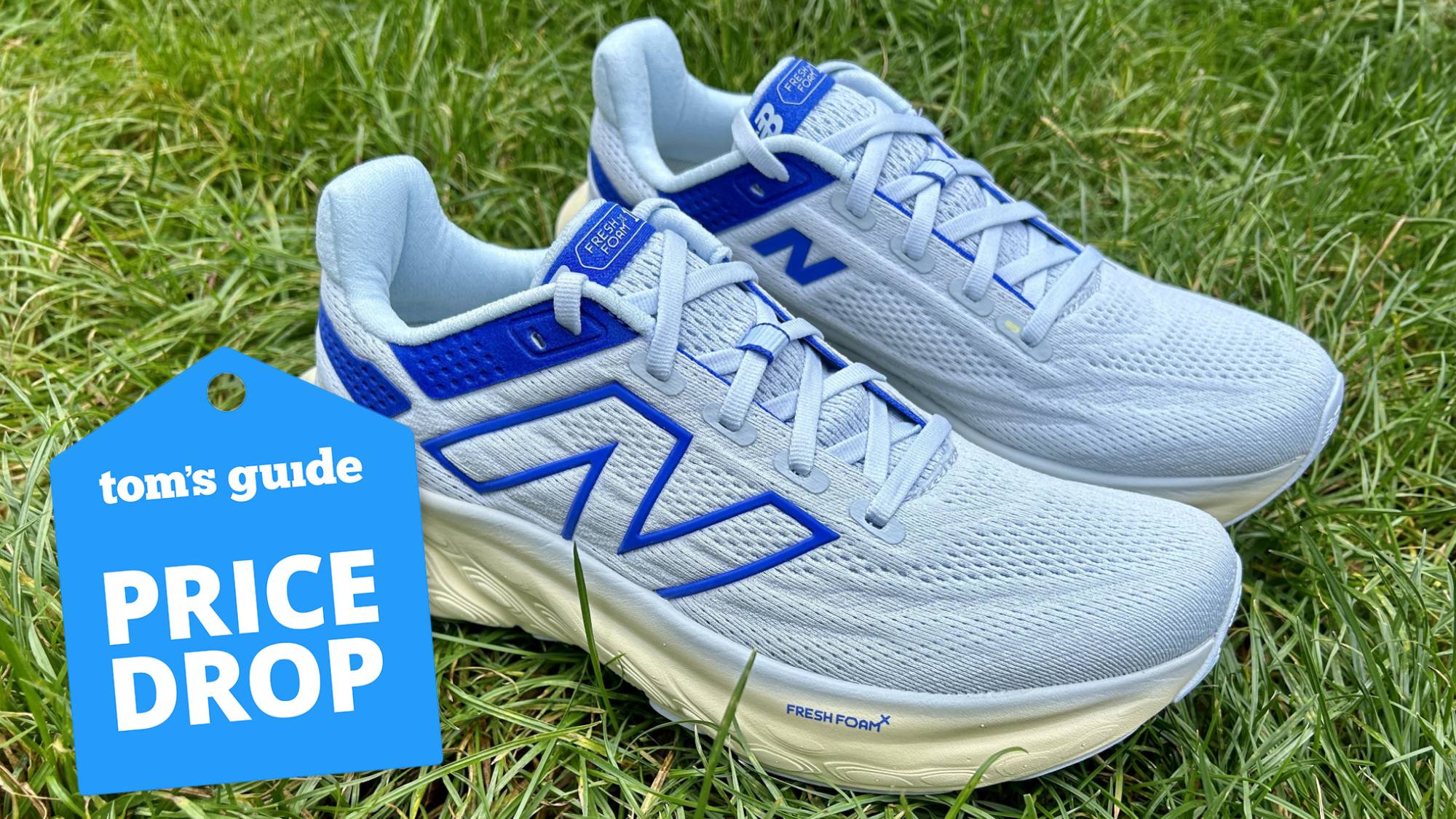Google Pixel 7a — 5 reasons to buy and 2 reasons to skip
Now that Google has unveiled its phones, here's what we think of the Pixel 7a
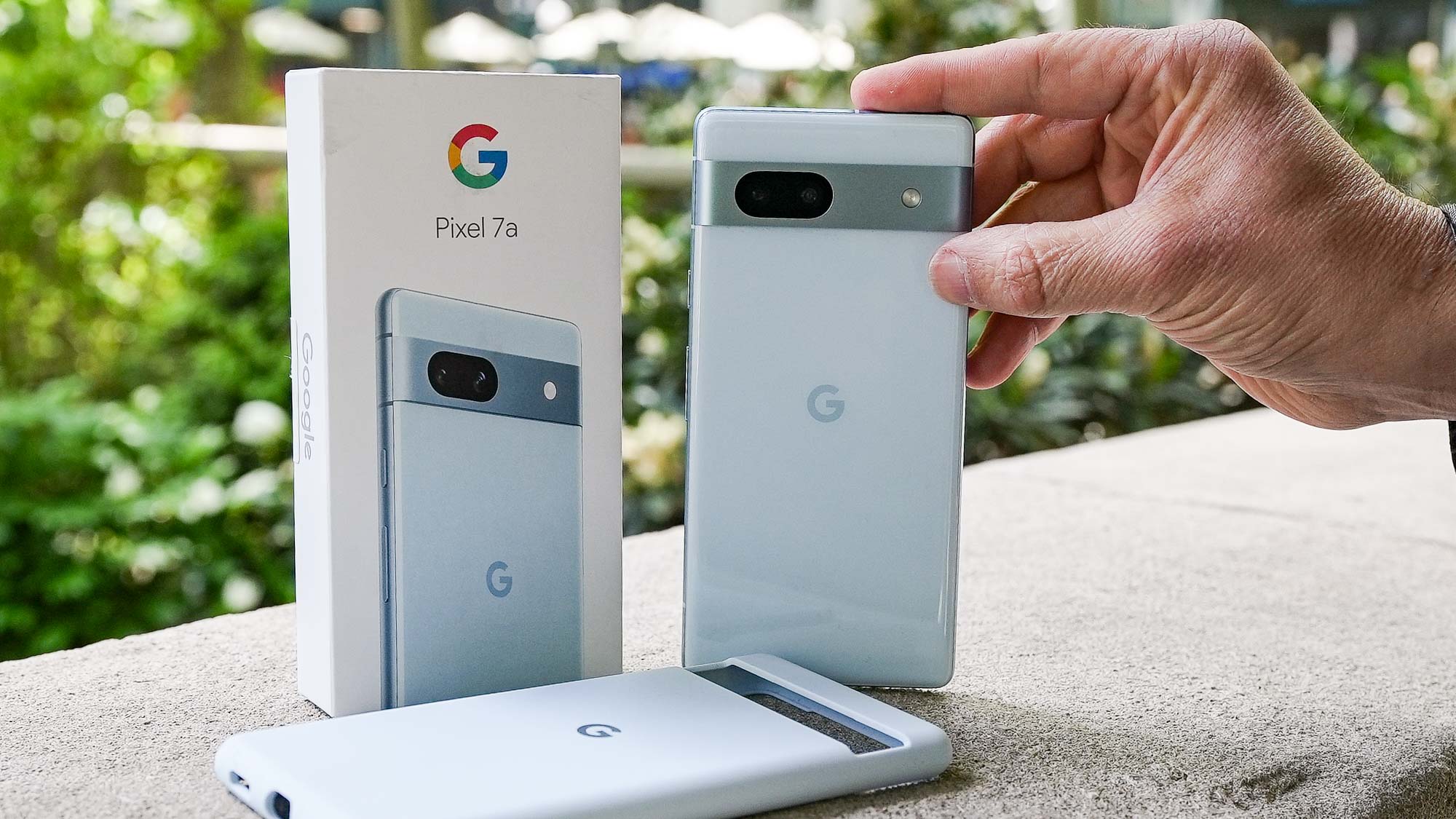
After months of rumors, the Google Pixel 7a has arrived, making its debut this week at Google I/O 2023. Now that the new phone is here — and that we've had the chance to test it for our Pixel 7a review — we can more definitively say whether or not you should buy Google's latest midrange phone.
That's a decision you may find yourself needing to make sooner rather than later. The Pixel 7a is already available to buy and Pixel 7a deals are starting to emerge. So it's time to figure out if this is a phone you should buy or skip.
Based on our time with the Pixel 7a, we think Google's made a phone worth grabbing, thanks to features such as a 90Hz display and more robust cameras than what the Pixel 6a offered. Just the same, there are some omissions that might put some people off Google's new midrange phone.
With that said, here's why you should buy the Pixel 7a — and why you might want to skip this particular model.
Reasons to buy the Google Pixel 7a
A Tensor G2 chip
Just like Apple and the iPhone SE, Google has a habit of equipping its midrange Pixel models with the same chipset found in its flagships. That's what happened with last year's Pixel 6a, which runs on the same Tensor G1 silicon introduced with the Pixel 6. And now Google's pulled off the same feat with the Pixel 7a.
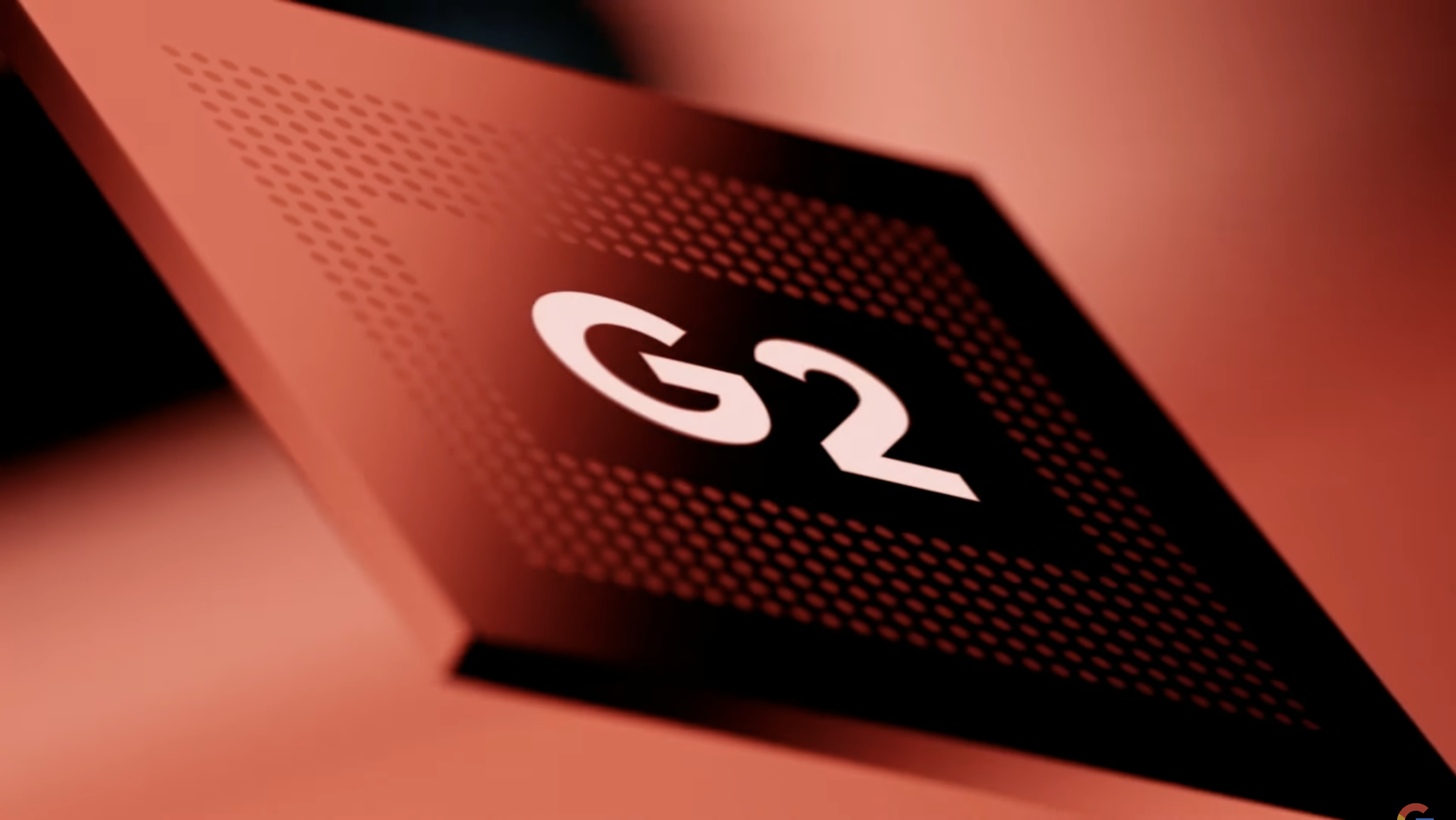
That means the Pixel 7a has gotten the Tensor G2 chipset found in last fall's Pixel 7 release. That's a big step forward for Google's midrange phone. For starters, the G2 is a better performing chip than its predecessor, though raw performance has never been the full story with Google's Tensor chips. Nevertheless, the Pixel 7a easily outperforms the Samsung Galaxy A54, its closest competitor for the title of best cheap phone.
| Google Pixel 7a | Samsung Galaxy A54 | |
| CPU | Tensor G2 | Exynos 1380 |
| Geekbench 5 (single core/multicore) | 1018/3065 | 781/2664 |
| 3DMark Wild Life Unlimited (fps) | 41.1 | 16.9 |
| Adobe Premiere Rush (Mins:Secs) | 0:56 | 1:12 |
But rather than performance, the star here is the Tensor Processing Unit, which uses machine learning to power the kinds of smart features you don't find on other phones. In the Pixel 7's case, that's meant a Photo Unblur tool that cleans up the faces of people in photos, even ones shot by other phones. You also get real-time translation and transcription features and call management tools that help you navigate wait times and phone directories.
Get instant access to breaking news, the hottest reviews, great deals and helpful tips.
All those Tensor G2-powered capabilities are available on the Pixel 7a, meaning that Google plans to bring the best elements of its flagship device to a much cheaper phone.
A better camera
There's been nothing wrong with the cameras on previous Pixel A models, as the Pixel 6a ranks among the best camera phones we've tested. But Google's won these kudos with a 12.2MP main camera on the more recent midrange Pixels, and that can be somewhat limiting.
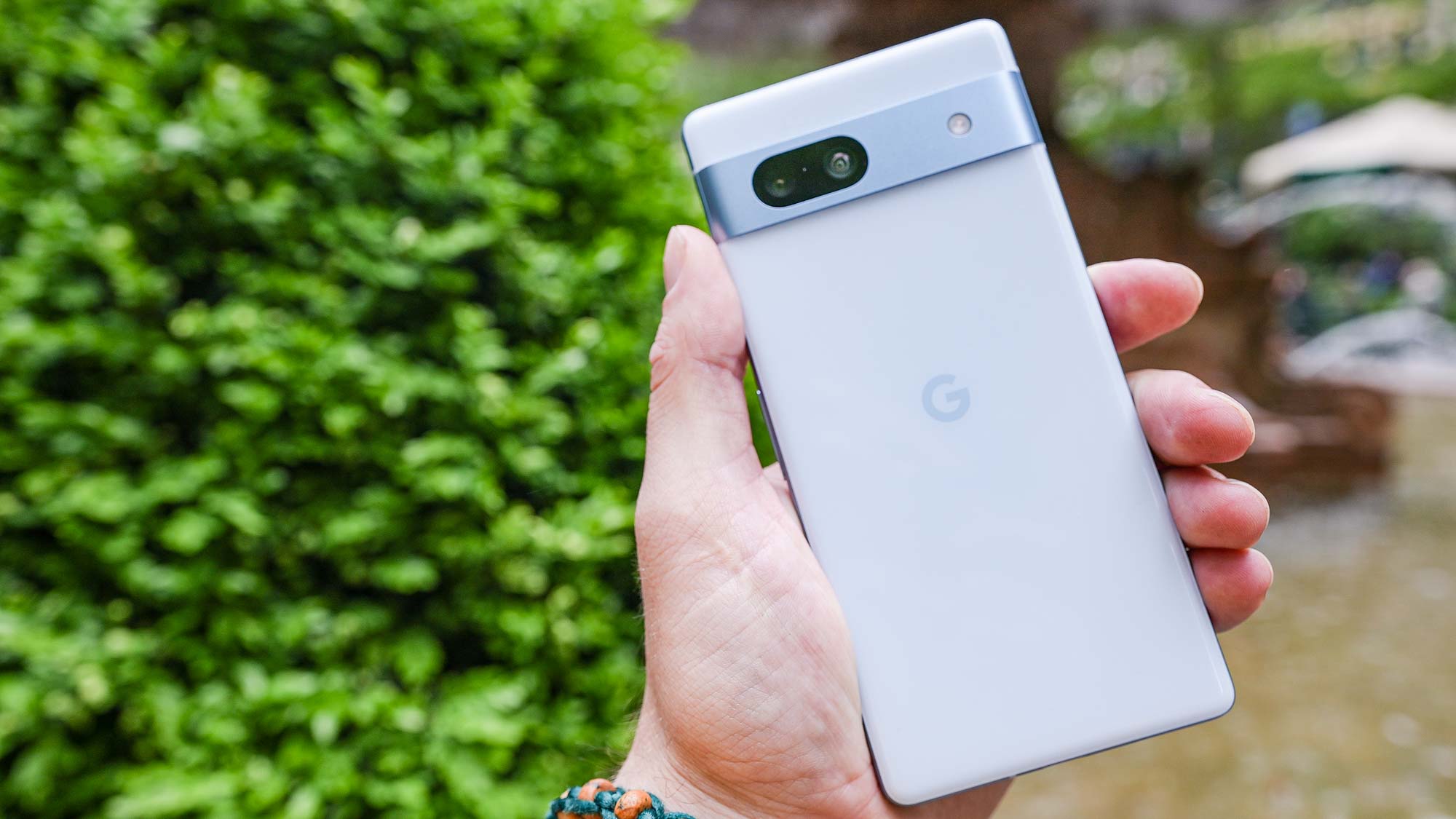
So we think it's good news that the main camera got an upgrade to a 64MP sensor, as had been rumored. The Pixel 7a's main sensor also happens to be larger than the one on the Pixel 6a, letting in more light. Combine that with the Pixel's well-established reputation for superior photo processing and you could have quite the camera phone on your hands in the form of the Pixel 7a.
In our head-to-head comparisons with the Galaxy A54 and iPhone Se, the Pixel 7a tended to emphasize dark colors, which sometimes meant those other cameras produced more striking pictures. But we like the Pixel 7a's night photo capabilities and its portrait mode remains a top feature.
A faster-refreshing display
Fast display refresh rates aren't reserved for the most expensive flagships anymore. (Well, they are still at Apple, but that company does things its own way.) These days, you're likely to come across a cheap Android phone that, despite its low-price tag, and still scale up their refresh rate when you're going to benefit from capabilities like fast-scrolling.
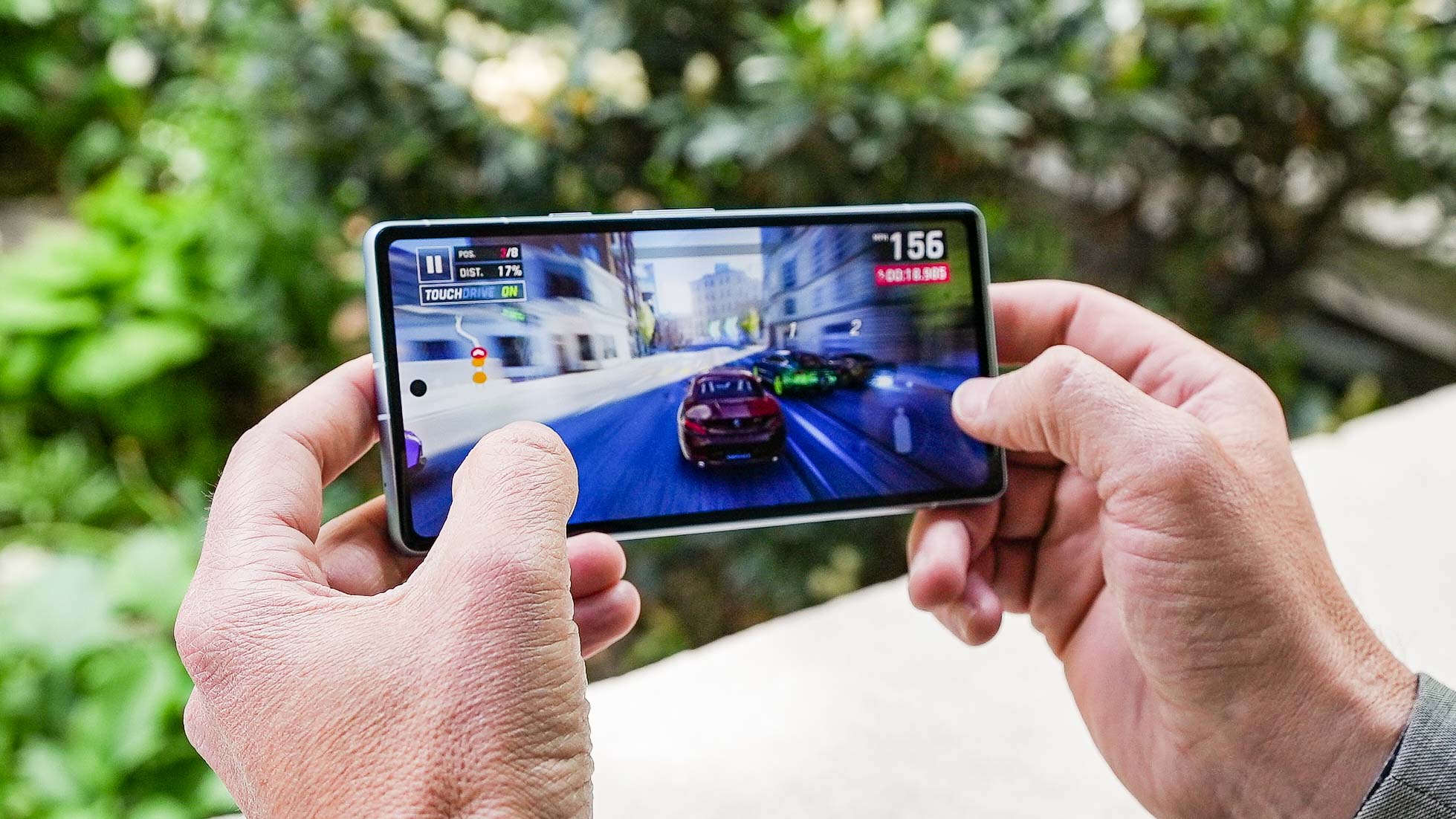
The Galaxy A54, a competitor to the Pixel 7a, already offers a 120Hz refresh rate, as do many Android phones you can find for even less. The Pixel 7a doesn't match that, but it does have a 90Hz display, so you will enjoy smoother scrolling to some extent — certainly it's a better experience than the Pixel 6a and its 60Hz panel. The fast-refreshing screen on the Pixel 7a is another valuable feature being added to a more attractively priced phone.
Wireless charging
Google has removed one other thing that its Pixel A phones can't do, and that's charge wirelessly. Since the introduction of the Pixel 3a, the lack of wireless charging has been one of the noteworthy differences between Google's budget phone and its flagships. That distinction is over.
Is wireless charging a make-or-break feature? Probably not. But it's pretty convenient being able to top off your phone's battery without having to search for a USB-C cable to do it, and we'll be glad to see such a capability added to a sub-$500 phone. It's also something the Galaxy A54 can't do.
Better than expected battery life
If you read an earlier version of this article, you may remember that we were concerned about the Pixel 7a's battery life, given the Pixel 6a's struggles at lasting a long time on a charge. Now that we've tested the phone, we can confirm that some of our concerns have been addressed — the Pixel 7a lasts longer on a charger than its predecessor.
Specifically, in our battery test, in which phones surf the web over cellular until they run out of power, the Pixel 7a lasted 10 hours and 5 minutes, which beats the average smartphone. It's also some 3.5 hours better than the Pixel 6a's time on that same test.
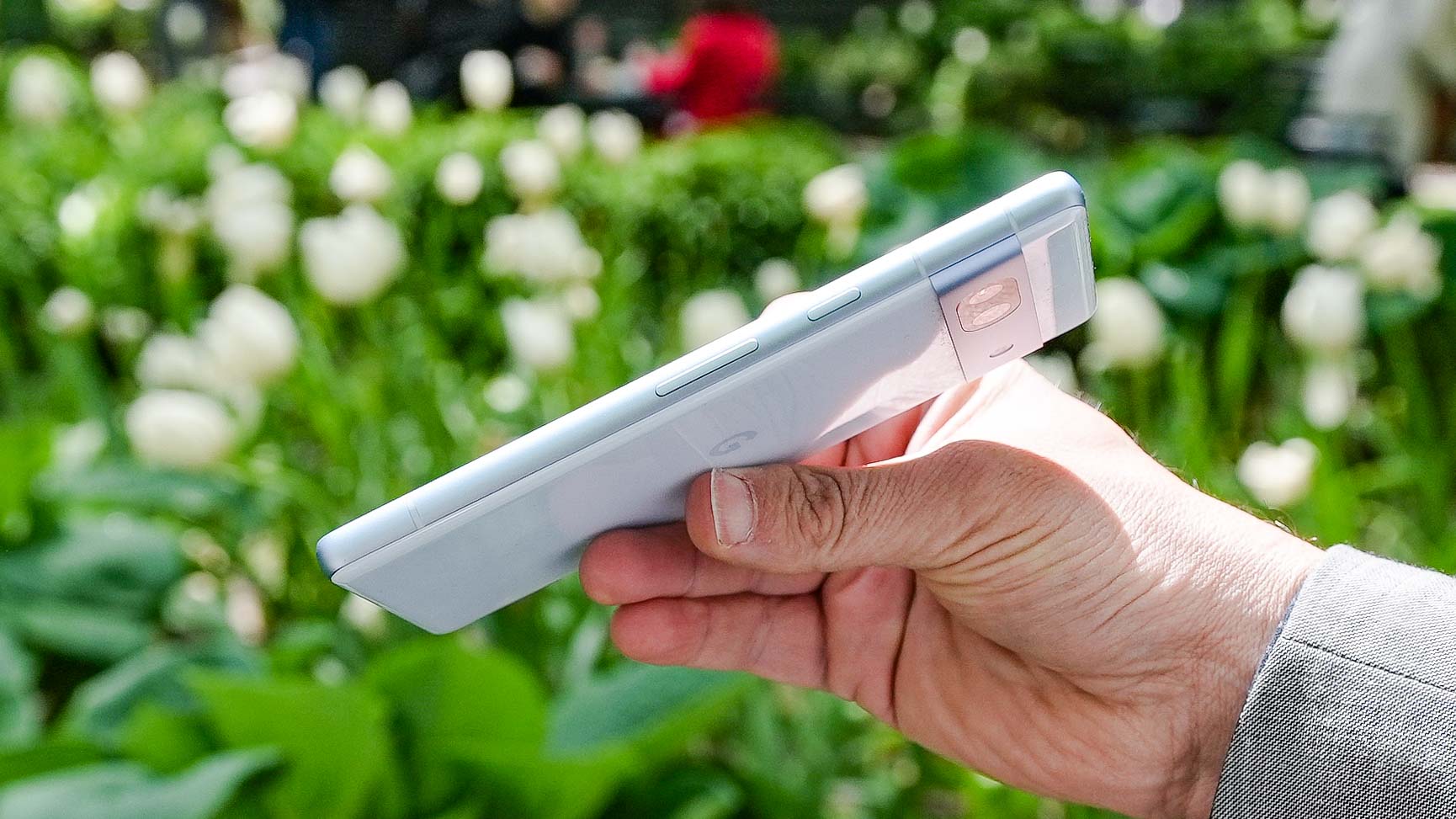
There's a caveat to that number — we got it with the fast-refresh rate turned off. We're still awaiting test results when the Pixel 7a's 90Hz display is active. But this is definitely progress on Google's part.
Reasons to skip the Google Pixel 7a
Limited Android updates
One of Apple's big edges in smartphones comes from the fact that it controls both the hardware and software. As a result, iPhones get iOS updates at the same time — not staggered like Android phones can be — and that software support runs for years and years.
Buy a Pixel and at least you can expect Android updates as they become available. The problem is, that you just don't get that many Android updates — Google's current policy calls for three major Android upgrades for its Pixel phones, and that's not changing with the Pixel 7a. Contrast that with Samsung, which guarantees four updates. It also extends that policy to its midrange models so a phone like the Galaxy A54 is still going to be able to run the latest version of Android a year longer than the Pixel 7a.
A higher price
Other than cameras, the biggest selling point for the Pixel A has been the phone's low cost. Unfortunately, you're paying more for this phone than you did for the Pizel 6a, even if the $499 / AU$749 Pixel 7a is still under that $500 ceiling.
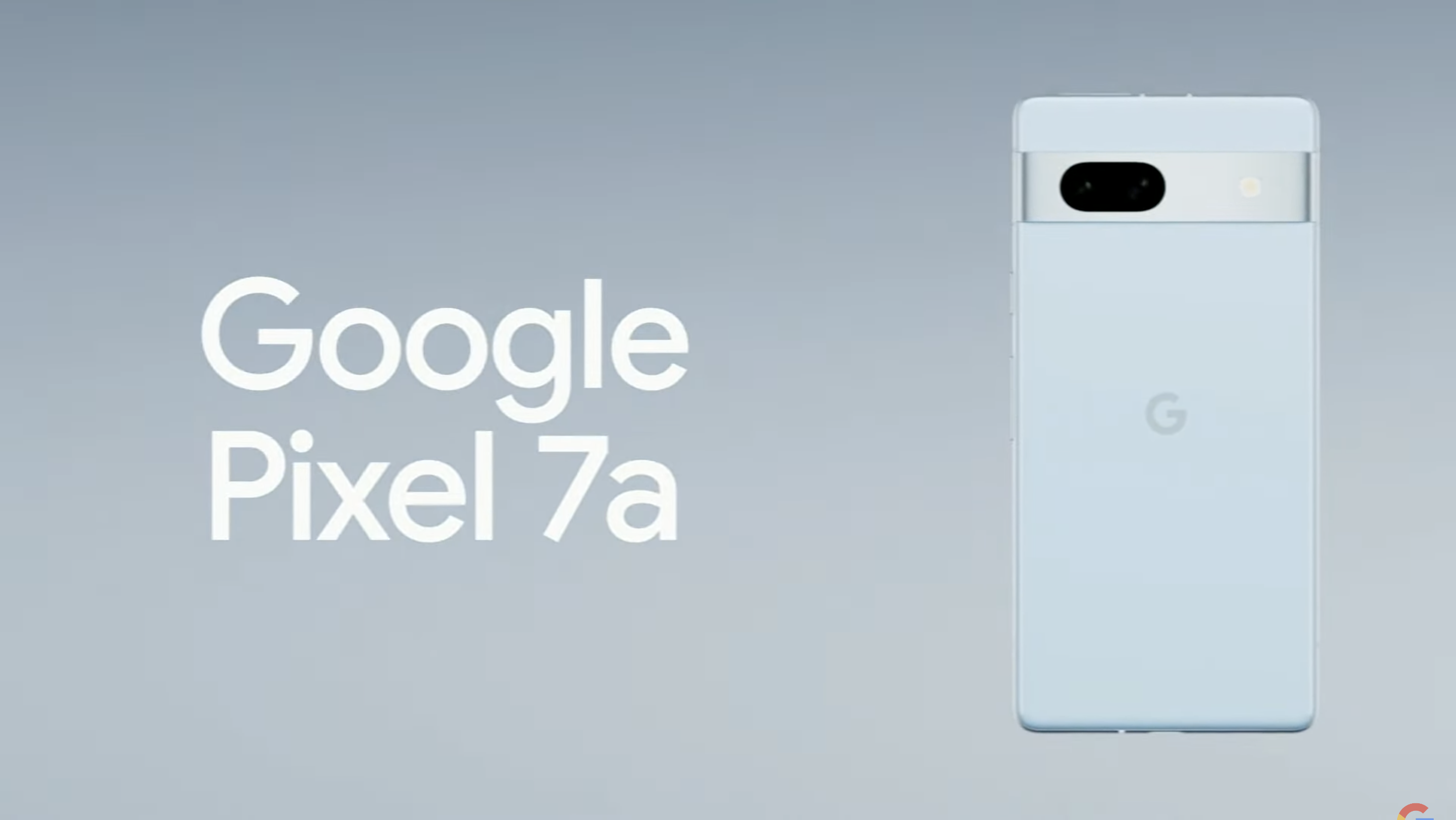
A $50 price hike may not sound like much in the greater scheme of things, but at a time when prices are going up all around us, that may be too much for some people to swallow. It doesn't help that the Galaxy A54 kept the $449 price tag of its predecessor, giving budget-minded Android shoppers a lower-cost alternative to the Pixel 7a.
Pixel 7a outlook
We're quite impressed with the Pixel 7a now that we've had a chance to try it, and we'd certainly recommend it over the Pixel 7, which has many of the same features but costs more. (See our Pixel 7a vs. Pixel 7 comparison for more.) A Galaxy A54 comparison is a closer call, though.
If you want the most premium phone you can get for less than $500 in the US, the Pixel 7a is the right choice, given its support for wireless charging and its unique Tensor-powered experiences. But if price is paramount to you, the Galaxy A54 costs much less while having a faster refreshing screen and cameras that match up well with the Pixel 7a's.
It's definitely a tough decision, but at least budget phone shoppers now have one more great choice to pick from in the form of the Pixel 7a.
More from Tom's Guide
- Google I/O 2023 live blog: Pixel Fold, Pixel 7a, Pixel Tablet and all the big AI news
- Google Pixel 7a vs. Pixel 7: The biggest expected differences
- Google search AI upgrade just revealed before Google I/O 2023
Philip Michaels is a Managing Editor at Tom's Guide. He's been covering personal technology since 1999 and was in the building when Steve Jobs showed off the iPhone for the first time. He's been evaluating smartphones since that first iPhone debuted in 2007, and he's been following phone carriers and smartphone plans since 2015. He has strong opinions about Apple, the Oakland Athletics, old movies and proper butchery techniques. Follow him at @PhilipMichaels.

